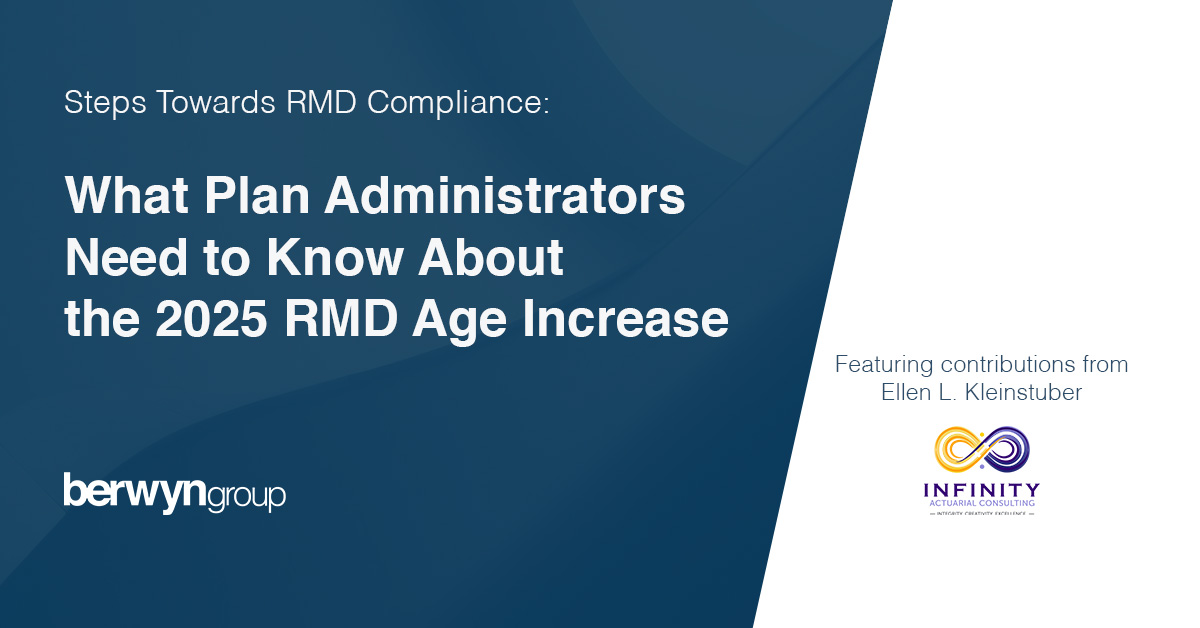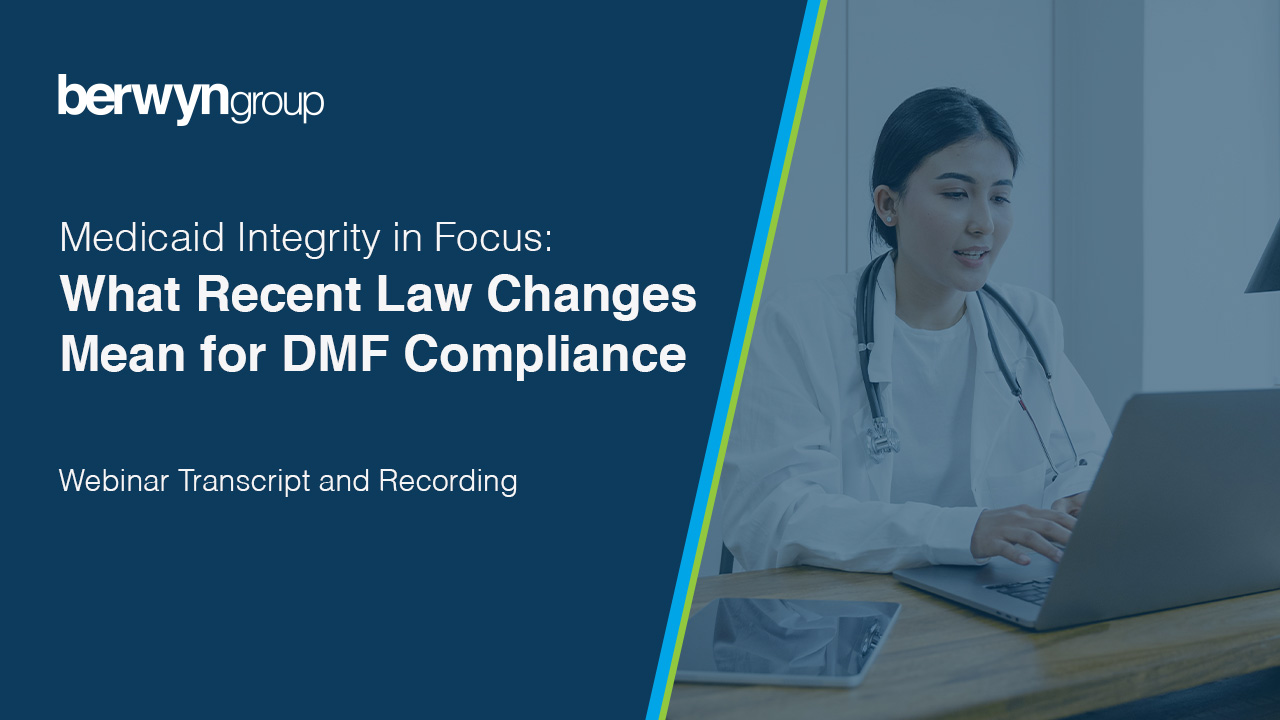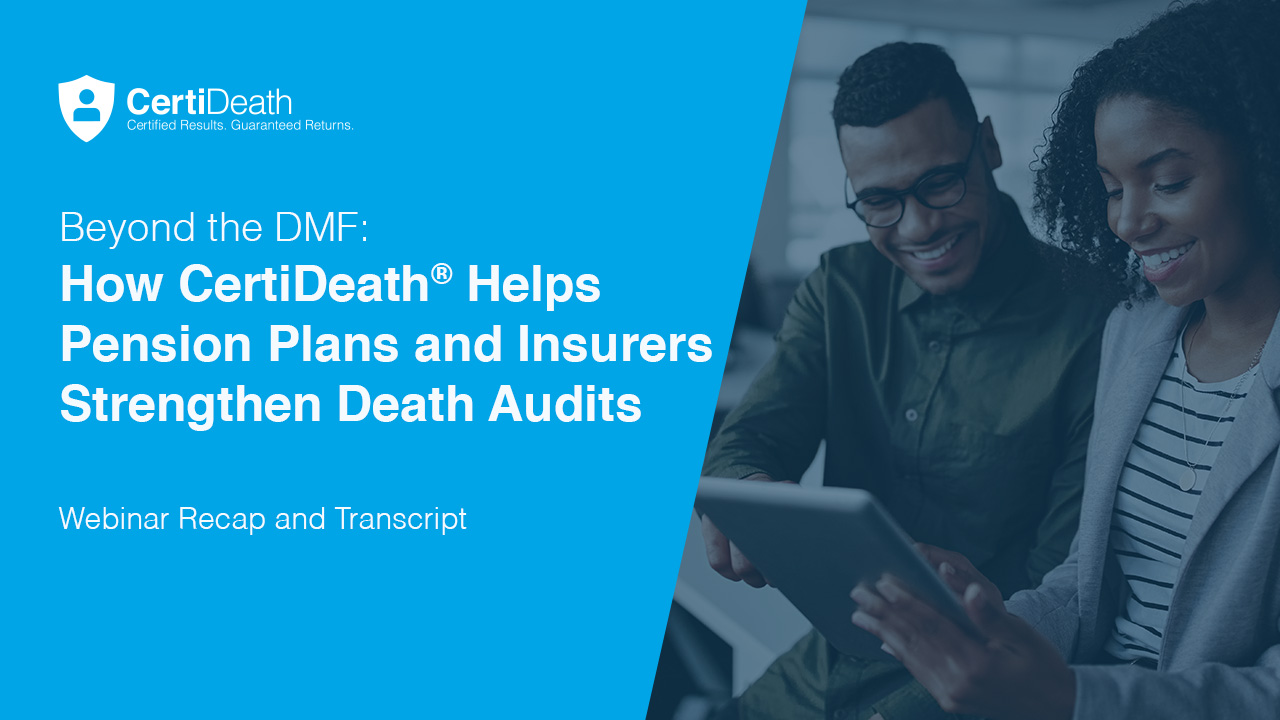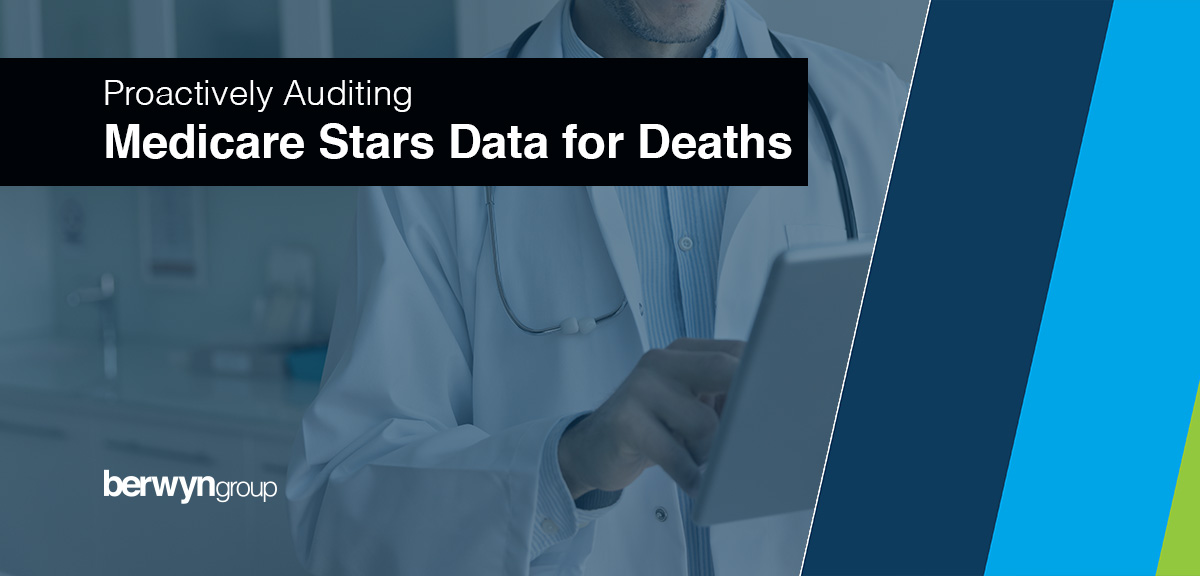With upcoming Required Minimum Distribution (RMD) changes on the horizon, plan administrators are shifting their focus from death dates to birthdates—because even static data points like birthdates can pose challenges if they’re incorrect. With the RMD age increase going into effect on April 1, 2025, accurate participant records have never been more critical.
Participants who turned 73 in 2024 must begin taking RMDs from their employer-sponsored retirement plans by April 1, 2025, unless they are still working, and their plan allows them to defer. Missing this deadline can be costly, with penalties of 25% of the missed distribution amount—or 10% if corrected within two years. Plan administrators play a crucial role in promoting compliance and protecting participants from these penalties.
Steps Towards RMD Compliance:
Verify Participant Birthdates
Ensure birthdates are accurate to determine eligibility for RMDs. Data entry errors or outdated records can lead to missed distributions and penalties.
Plan administrators use birthdates to determine when a participant reaches certain milestones – including normal retirement, early retirement, and the required beginning date for receiving RMDs. These retirement dates are commonly defined as being “the first of the month coincident with or next following” the date the participant reaches a certain age – so it matters if the participant’s birthday is March 1, March 10, or April 1.
Identify Participants Subject to RMDs
Generate a list of participants who turned 73 in 2024 and confirm their employment status to determine deferral eligibility.
Most plans allow participants to continue deferring their benefit once reaching the minimum distribution age if they are still working. Ensure you understand the plan’s rules regarding deferral or commencement for active employees. Those working part-time or in phased retirement programs may require additional consideration to determine if their benefits may be deferred. Any participant age 73 who is no longer working as of December 31, 2024 must start by April 1, 2025.
Locate Missing Participants
Utilize proactive participant location strategies to ensure all eligible individuals receive the necessary communications regarding their RMDs.
A critical component of RMD compliance is ensuring that all eligible participants receive the necessary communications. However, outdated or incomplete contact information can make it difficult to reach individuals owed distributions, increasing the risk of noncompliance and potential penalties. Participant location can be a time-consuming process, as the DOL recommends using multiple communication channels and investigative methods to locate missing individuals.1 Proactive participant location strategies, including leveraging advanced data sources, conducting mortality analyses with thorough death audits, and utilizing sophisticated search methodologies, help mitigate these challenges and improve outreach efforts.
Rather than scrambling to locate participants before an RMD deadline, plan sponsors should incorporate ongoing participant monitoring and data maintenance as a best practice. Partnering with a vendor specializing in participant location can help expedite the process by efficiently navigating regulatory requirements and deploying proven search techniques. By leveraging these specialized services, administrators can maintain accurate participant records, streamline communications, and uphold their fiduciary duty to ensure timely distributions while reducing administrative burdens.
Determine the Distributable Amount
Work with actuarial teams and plan administrators to accurately calculate RMD amounts based on IRS guidelines.
The RMD payment due on April 1 can be tricky to determine since there are various rules and options that could apply depending on the type of plan and the participant’s employment status. The benefit that must commence on April 1 is the benefit accrued as of the preceding December 31. For traditional defined benefit plans, that is expressed as a monthly annuity. Plans that suspend benefits for those working past the normal retirement date must remember that actuarial increases must begin at age 70-1/2, even though the RMD age is now 73. For account-based plans (e.g., cash balance and defined contribution), the account balance as of December 31 is divided by a life expectancy factor that varies based on age and participant status. If the participant elects to receive their entire benefit as a lump sum payment, the first year’s RMD amount is not eligible for rollover and must be distributed in cash and taxed.
Facilitate Communication & Election Process
Send timely notifications to participants outlining their RMD obligations, options, and deadlines to avoid last-minute issues.
With the complexities of taking RMDs, timely and effective communication is essential in helping participants understand their RMD obligations, options, and deadlines, reducing compliance risks and last-minute issues. The DOL recommends using multiple outreach methods, such as mailed notices, emails, and follow-up calls, to maximize engagement. Verifying participant contact details before initiating communications helps minimize returned mail and unresponsive participants. Many administrators choose to partner with a specialized vendor that can help streamline this process, facilitate accurate outreach and a smoother election process while enhancing compliance and the overall participant experience.
Monitor Participant Data Beyond RMDs
Maintain up-to-date contact information, including addresses and other dynamic data points, to provide seamless ongoing communication for future distributions and plan updates.
Plan administrators are responsible for providing a variety of communications to participants on an annual or ad hoc basis. Some of these are driven by the participant’s age (e.g., a suspension of benefits notice for those working past normal retirement age), while others are required annually. If you can’t locate a participant or their beneficiary, you can’t communicate to them important updates that affect their benefit entitlement. Regular monitoring of addresses and death dates allows participants to receive vital information about the plan and commence the benefit owed to them in a timely manner.
The Time to Act is Now
RMD compliance isn’t just about calculations—it’s about data integrity, proactive outreach, and administrative efficiency. The Berwyn Group specializes in participant data management, from birthdates to evolving contact information, enabling seamless RMD management for plan administrators. Ellen Kleinstuber of Infinity Actuarial Consulting focuses her consulting practice on cost-effective, results-driven solutions that enable her clients to optimize the management of their employee retirement plans. Partnering with organizations like The Berwyn Group and Infinity Actuarial Consulting puts plan administrators in a proactive position to manage these complexities effectively.
Together, these partnerships empower plan administrators with the data and strategic insights needed for compliant, efficient RMD management in 2025 and beyond.
____________
Thank you, Ellen L. Kleinstuber, founder of Infinity Actuarial Consulting, for partnering with us write this article.
Ellen L. Kleinstuber, founder of Infinity Actuarial Consulting, is a nationally recognized expert in retirement plan management for public and private companies, multinationals, not-for-profits, union pension funds, and government entities. She combines exceptional pension actuarial technical skills, a focus on compliance and risk-management, and extensive industry experience to enable her clients to successfully manage their retirement plans through cost-effective, results-driven solutions.
____________
[1] Missing Participants – Best Practices for Pension Plans, United States Department of Labor, January 2021.



